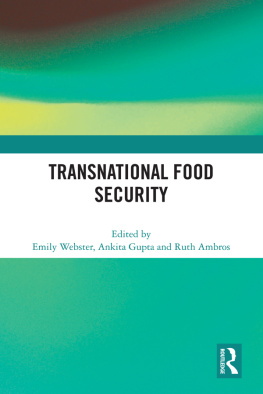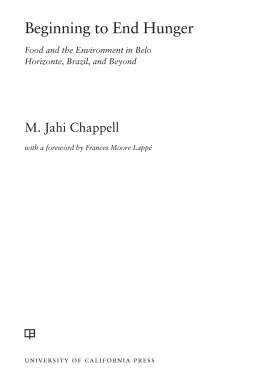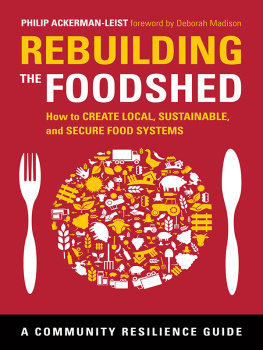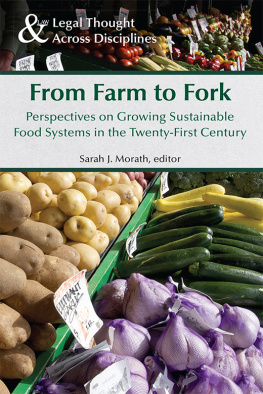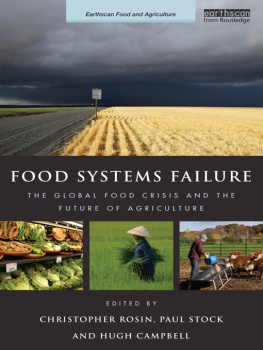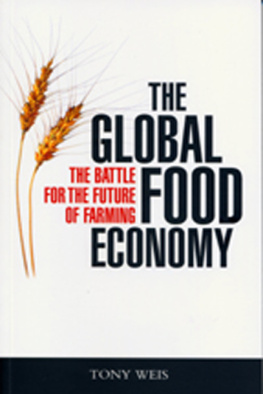Glenn Denning - Universal Food Security: How to End Hunger While Protecting the Planet
Here you can read online Glenn Denning - Universal Food Security: How to End Hunger While Protecting the Planet full text of the book (entire story) in english for free. Download pdf and epub, get meaning, cover and reviews about this ebook. City: New York, year: 2023, publisher: Columbia University Press, genre: Science. Description of the work, (preface) as well as reviews are available. Best literature library LitArk.com created for fans of good reading and offers a wide selection of genres:
Romance novel
Science fiction
Adventure
Detective
Science
History
Home and family
Prose
Art
Politics
Computer
Non-fiction
Religion
Business
Children
Humor
Choose a favorite category and find really read worthwhile books. Enjoy immersion in the world of imagination, feel the emotions of the characters or learn something new for yourself, make an fascinating discovery.

- Book:Universal Food Security: How to End Hunger While Protecting the Planet
- Author:
- Publisher:Columbia University Press
- Genre:
- Year:2023
- City:New York
- Rating:4 / 5
- Favourites:Add to favourites
- Your mark:
Universal Food Security: How to End Hunger While Protecting the Planet: summary, description and annotation
We offer to read an annotation, description, summary or preface (depends on what the author of the book "Universal Food Security: How to End Hunger While Protecting the Planet" wrote himself). If you haven't found the necessary information about the book — write in the comments, we will try to find it.
This book provides an accessible guide to making healthy diets from sustainable food systems available to all. Glenn Denning bridges the divisive worlds of science, policy, and practice. He synthesizes the most relevant literature and shares personal perspectives and insights gained over four decades working in more than fifty countries, coupled with the real-world experience of hundreds of leading experts. Universal Food Security lays out key prioritiessustainable intensification, market infrastructure, postharvest stewardship, healthy diets, and social protectionand presents how to achieve food systems transformation.
Denning identifies the education and development of practitioner-leaders as the critical trigger of change. Universal Food Security informs and inspires those leadersacting on their own and with others through institutionsto achieve a food-secure world. This book is an ideal handbook for students and practitioners looking to transform our food systems at all levels.
Glenn Denning: author's other books
Who wrote Universal Food Security: How to End Hunger While Protecting the Planet? Find out the surname, the name of the author of the book and a list of all author's works by series.

